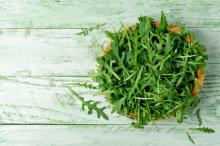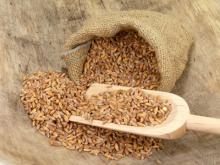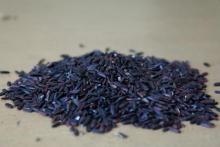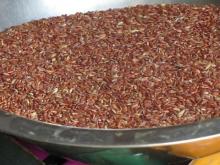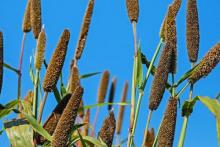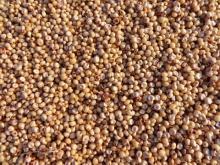Superfood 101: Arugula!
Arugula is also known as “rocket” and is originally a Eurasian cruciferous plant related to cauliflower, kale, and mustard. It grows wild in Asia and the Mediterranean basin and takes its name from the Latin term “eurca,” meaning caterpillar, because of the plant’s hairy stems.

